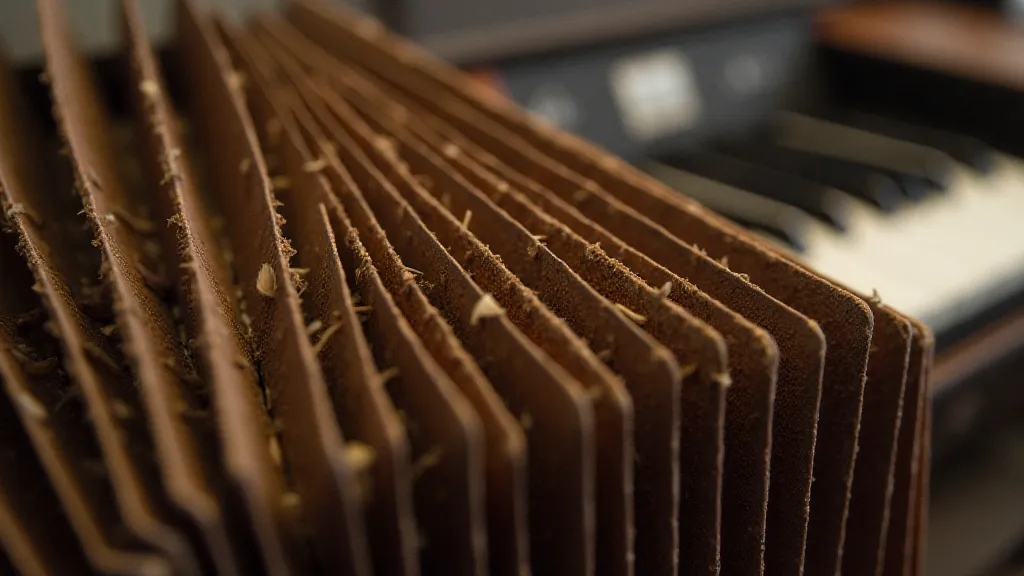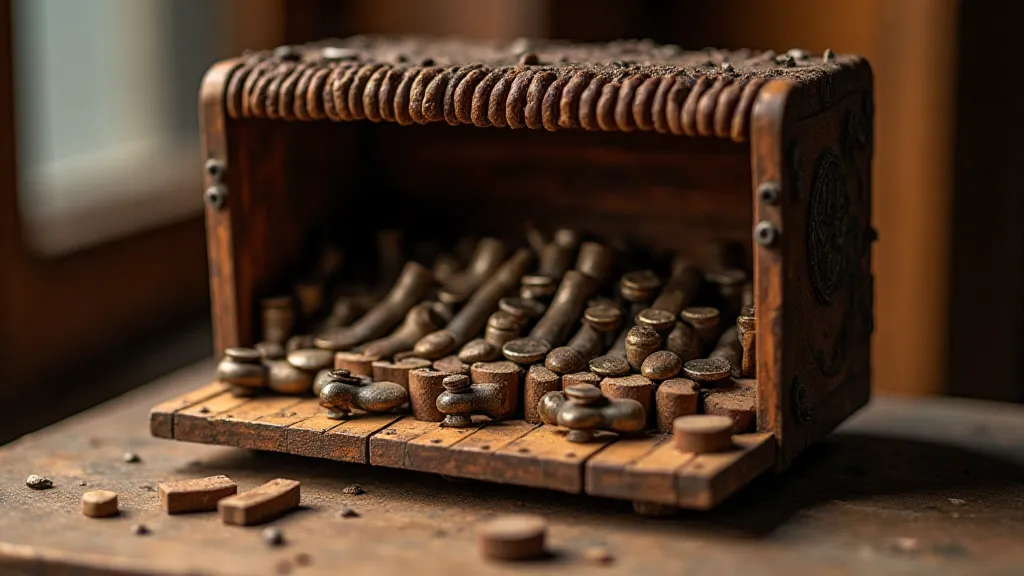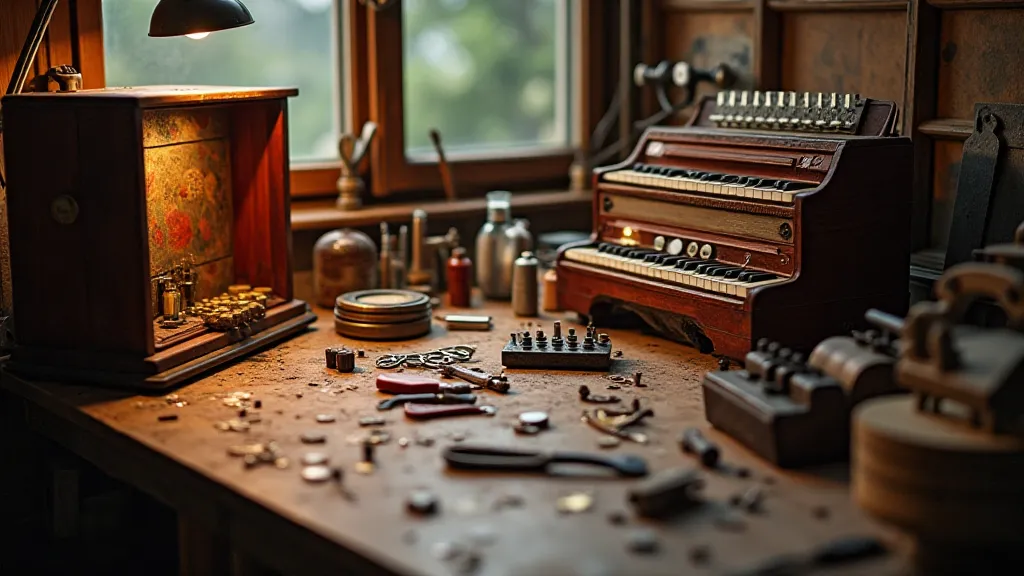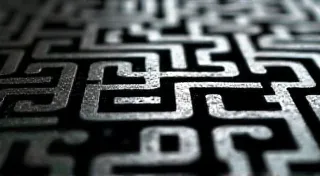Guardians of the Grid: Building Automated Power Monitoring Systems
There's a certain poetry to old things, isn't there? A whisper of the hands that made them, the lives they touched, the stories they hold. I’ve spent years restoring antique accordions – instruments born of ingenuity and meticulous craftsmanship. The precision needed to repair those bellows, to re-glue a single, tiny reed… it’s a meditation on dedication. It reminds you that things weren’t always disposable; they were built to last, and to be treasured. And that same spirit of building something enduring, something meaningful, fuels my passion for DIY electronics, particularly when it comes to understanding and optimizing the power that runs our homes. We're not just building circuits; we’s becoming guardians of the grid.

The Silent Thief: Understanding Energy Waste
Most of us rarely think about where our electricity comes from, or how much we’re actually consuming. We flick a switch, and the lights come on. We plug in our devices, and they function. But this ease often hides a silent thief: energy waste. Think about it: how many appliances are drawing power even when they're "off?" Televisions in standby mode, chargers plugged in, refrigerators humming along… it all adds up. And the impact isn’t just financial; it's environmental.
My interest in power monitoring started with a simple observation. My electricity bill was consistently higher than I expected, even during periods of reduced usage. I started unplugging things, naturally, but I wanted *data*. I needed to see *exactly* what was drawing power and when. That’s when I started exploring the world of DIY power monitoring systems.
The Building Blocks: Arduino, Raspberry Pi, and Circuitry Basics
The good news is, building a basic power monitoring system isn't as daunting as it might seem. The core components are readily accessible and relatively inexpensive. Arduino, Raspberry Pi, and a basic understanding of circuitry are your starting points.
Arduino is fantastic for smaller, localized measurements. You can connect current sensors to measure the power draw of individual appliances and log the data. The Arduino itself is a microcontroller – essentially a tiny, programmable computer. It’s simple to program (using a language similar to C++) and can be easily adapted to specific needs. Think of it as the diligent scribe, recording every kilowatt-hour.
Raspberry Pi offers more power and flexibility. It’s a small, single-board computer capable of running a full operating system. You can use it to collect data from multiple Arduino-based sensors, create a web interface to visualize the data, and even build a system to automatically turn off devices when they’re not in use. The Raspberry Pi becomes the central nervous system, analyzing and responding to the data it receives.
Circuitry – the connections that make it all work – is the language of electronics. You’re not going to need to design complex circuits from scratch, but understanding the basics of voltage, current, resistance, and Ohm’s Law (V=IR) is essential. There are countless online resources and tutorials to get you started. Think of circuitry as the hidden framework, the precisely engineered pathways that ensure everything flows correctly.
Common components you’re likely to use include current sensors (to measure current draw), voltage dividers (to scale down voltage to safe levels for the microcontroller), and various resistors and connectors. The act of soldering – the joining of electrical components – is a surprisingly meditative process, requiring patience and a steady hand. It’s a skill that’s rapidly disappearing in our disposable world, but it’s a fundamental element of craftsmanship.
From Simple Monitoring to Smart Control
A basic system might simply measure the current and voltage of a single appliance and log the data to a file. But things can get far more sophisticated. With a Raspberry Pi, you can build a web interface to display real-time power consumption data and historical trends. You can even integrate with smart home platforms like Home Assistant to remotely control devices and automate energy-saving routines.

Imagine: your refrigerator, notorious for its energy-hogging habits, automatically switches to a more efficient mode during peak hours. Your lights dim automatically when natural light is abundant. Your smart thermostat learns your schedule and adjusts the temperature accordingly. These aren’t futuristic fantasies; they’re achievable with a little DIY ingenuity.
Challenges and Considerations
Building automated power monitoring systems isn’t without its challenges. Accuracy is paramount. Cheap current sensors can introduce significant errors. Proper calibration is essential. Safety is another crucial consideration. Working with electricity can be dangerous; always disconnect power before working on any electrical circuits. Double-check your wiring. Don't take shortcuts. And if you're not comfortable working with electricity, seek the help of a qualified electrician.
Another consideration is data privacy. If you’ve connected your system to the internet, it’s important to secure it against unauthorized access. Use strong passwords, keep your software up to date, and be mindful of the data you're collecting and sharing.
The Reward: Beyond Savings, a Deeper Understanding
The financial savings from reducing energy waste can be significant, but the true reward lies in the deeper understanding you gain about your energy consumption. It’s about becoming more conscious of the resources you’re using and taking responsibility for your impact on the environment. It’s about connecting to something more tangible, more enduring, in a world dominated by fleeting digital interactions.
Just as restoring an antique accordion allows you to appreciate the dedication and skill of the craftsman who built it, building your own power monitoring system fosters a deeper appreciation for the energy that powers our lives. You're not just building a gadget; you’re building a connection – a guardian of the grid, ensuring a more sustainable future, one kilowatt-hour at a time. It’s a process of restoration, not just of electricity, but of a lost sense of craftsmanship and a deeper connection to the world around us.






